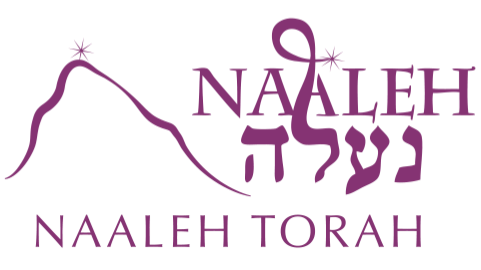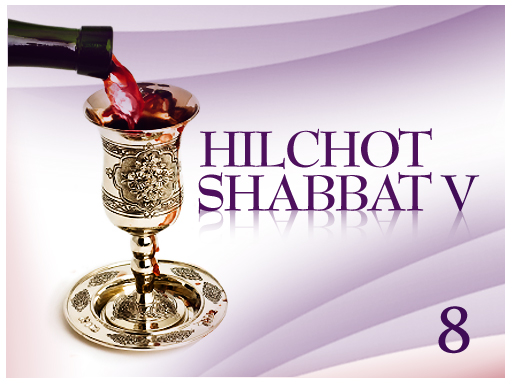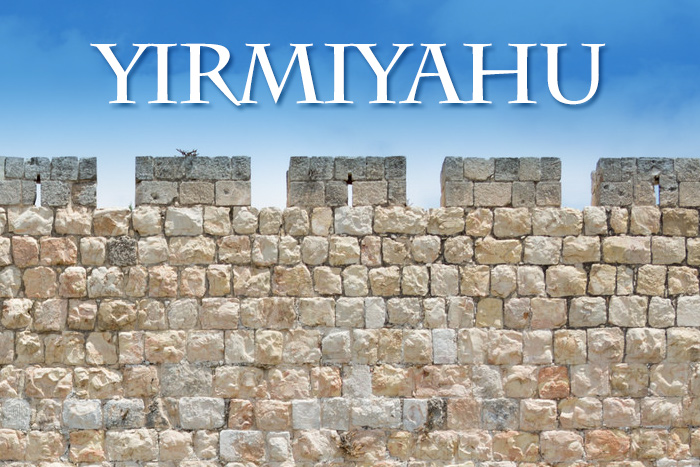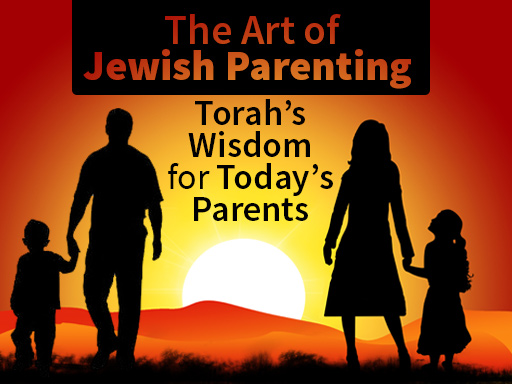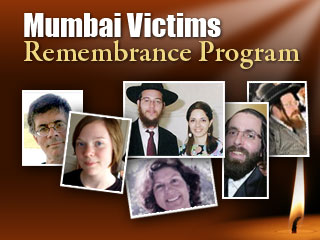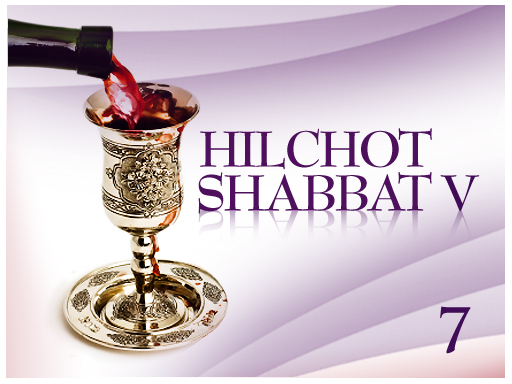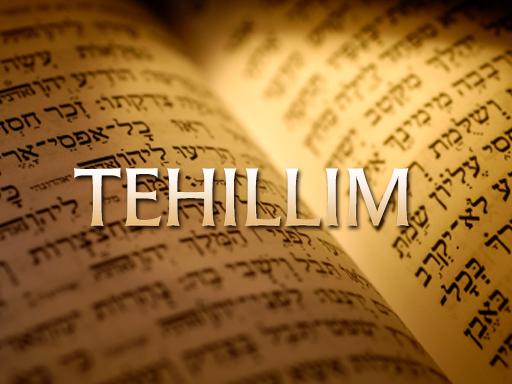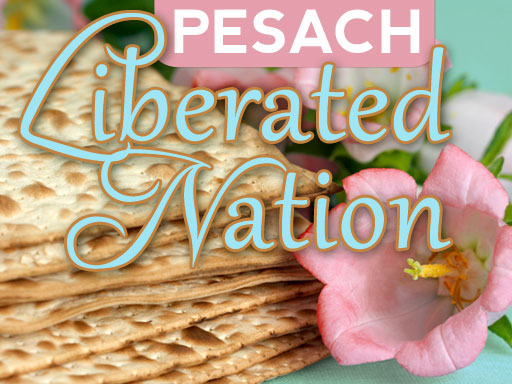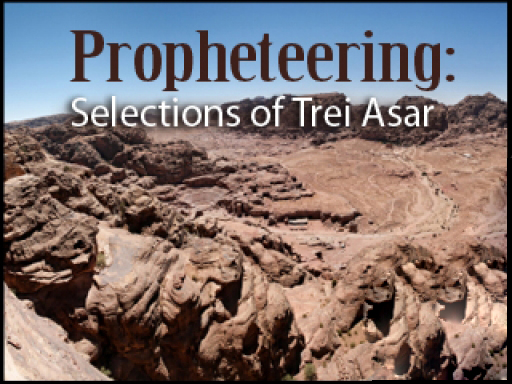In his class on Sefer Yirmiyahu, chapters 14 and 15, Rabbi Avishai David discusses the importance of prayer as a means to receiving adequate rain. He then discusses Rambam’s description of the function of a Navi. Going on to chapter 15, Rabbi David speaks about the concepts of reward and punishment, and deals with the question of how one can be punished for another’s sins. The Navi ends this chapter on a positive note and Rabbi David focuses on the Malbim’s question of how a Navi receives of prophecy of destruction, while he must be in a joyous state of mind to receive prophecy.
